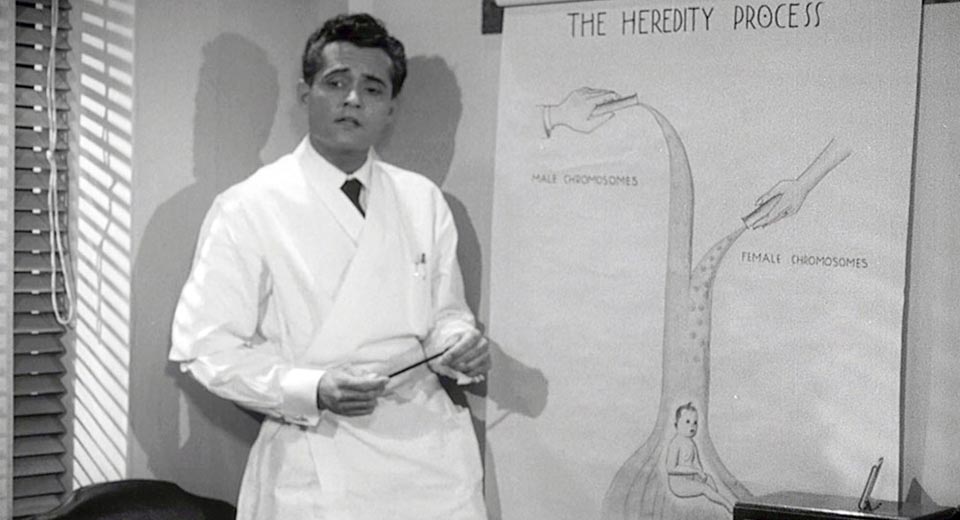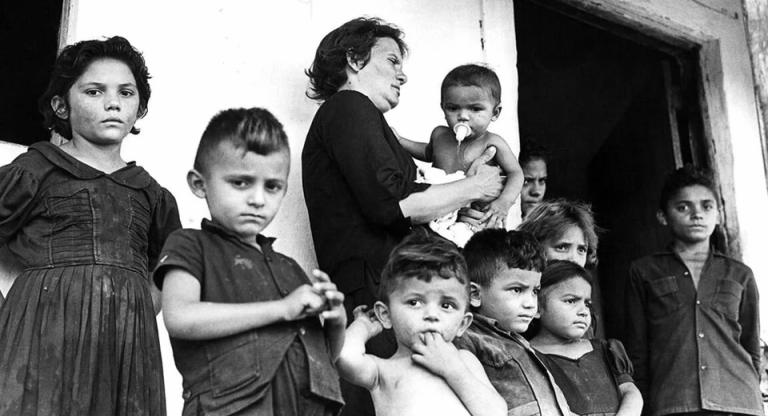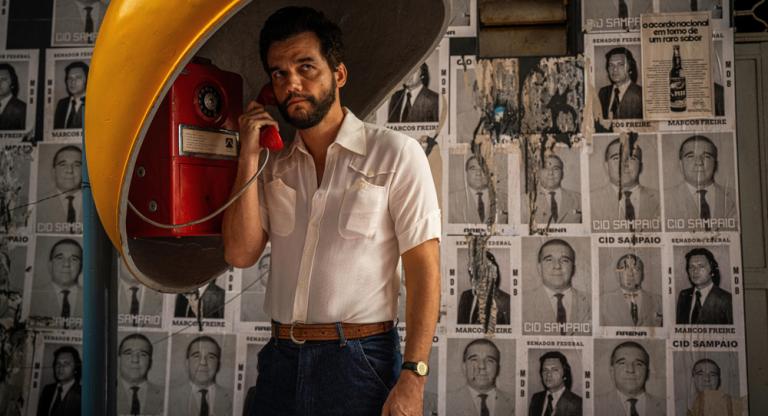
March 4th 2019
Under the pretense of public service, trailblazing exploitation filmmakers peddled lurid roadshows on subjects including drugs, sex, teen pregnancy, and more. All month Film Forum spotlights these films in Forbidden Fruit: The Golden Age of the Exploitation Picture, which includes new restorations by Kino Lorber.
The screenings take place on the weekends, resuming Friday with Marihuana: The Weed with Roots in Hell, but today we're bumping a feature by Stephanie Monohan surveying the entire series. Read it here.


